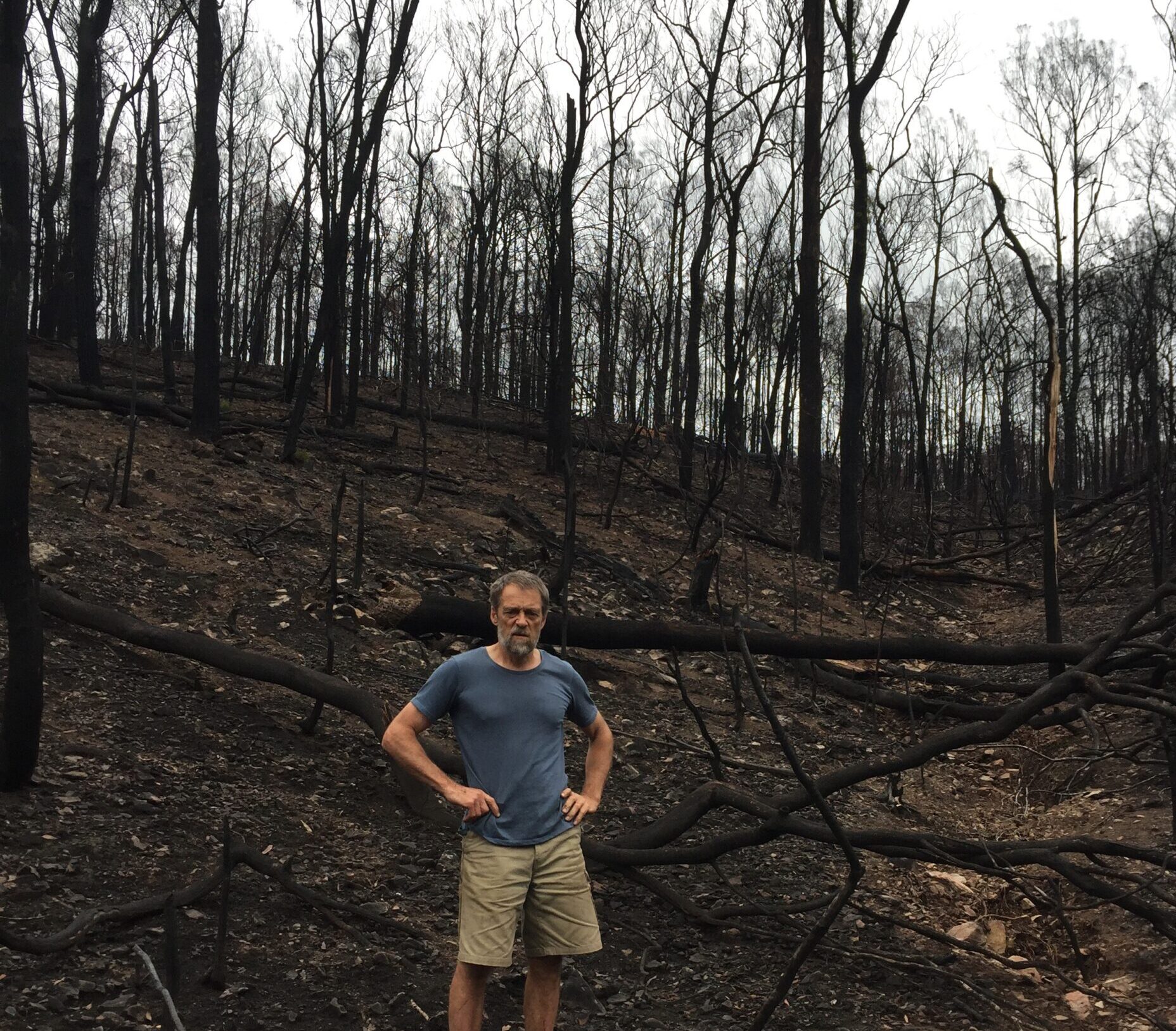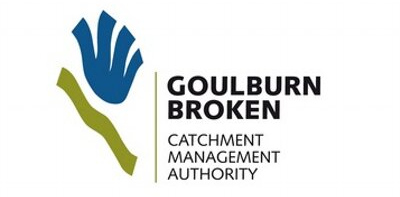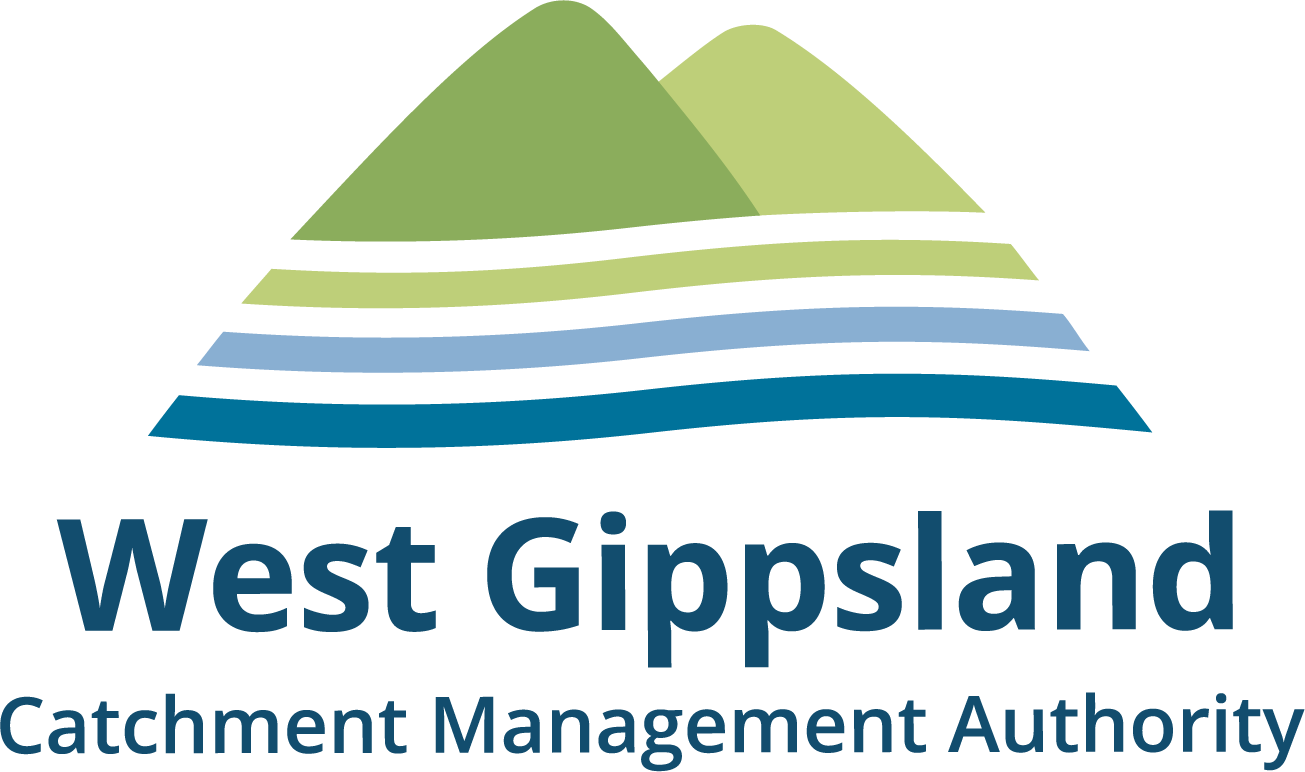Biodiversity after Bushfires
Location
Nicholson River, Gunaikurnai Country
Outputs
- 28 projects
- 9.15km fencing
- 56.8ha area within protective fencing
- 19,600 tubestock
- 63.77ha weed control
- 81 engagement Events
- 25 publications
Investment
Victorian Government’s Biodiversity
Bushfire Recovery
Partners
Friends of the Upper Nicholson
Catchment Incorporated, Landcare
Victoria, private landholders, community
groups, Landcare groups
Regional strategies
East Gippsland Regional Catchment Strategy, East Gippsland Waterway
Strategy, Biodiversity 2037
The 2019–20 Black Summer bushfires were exceptional in size and impact. Over one million hectares (56 per cent) of East Gippsland was burnt.
There were runs of fire with extremely high heat intensity, burning along ridges and through gullies, resulting in significant loss of tree canopy, understory, and ground cover.
Part of the Victorian Government’s response was providing Biodiversity Bushfire Recovery Grants to groups and individuals supported by East Gippsland CMA.
Following the fires, the landscape where Landcare group, Friends of the Upper Nicholson Catchment Incorporated (FUNCI) worked was devoid of vegetation, having suffered medium to high canopy damage with only a 500-metre stretch of riparian zone along the Nicholson River left intact.
Affected sections were known to support species under threat, including the powerful owl, greater gliders, and yellow belly gliders.
FUNCI’s project was designed to assist the fire recovery process through targeted revegetation and habitat improvement, providing connectivity to the unburnt riparian zone.
This energetic and resilient group forged ahead with their project, facing challenges head-on including member fatigue, pandemic restrictions, difficulty sourcing contractors, lack of available tube stock and heavy rainfall following years of drought.
The largest exclusion area saw a one-kilometre fence built around a warm temperate rainforest gully. More than 3000 seedlings were planted, and it is now a thriving and diverse habitat. The gully has become a nesting site for a superb lyrebird that took up residence close to the river, where it is protected from predation by foxes and feral cats.
Smaller exclusion plots on surrounding properties are helping members to learn about natural levels of recruitment when browsing from pests such as deer are minimised.
The project was a success, with severely fire-impacted areas revegetated and providing habitat for ground dwelling and arboreal animals and recreating wildlife corridors in severely burnt areas.

John Hermans, FUNCI, at the site following the bushfires









